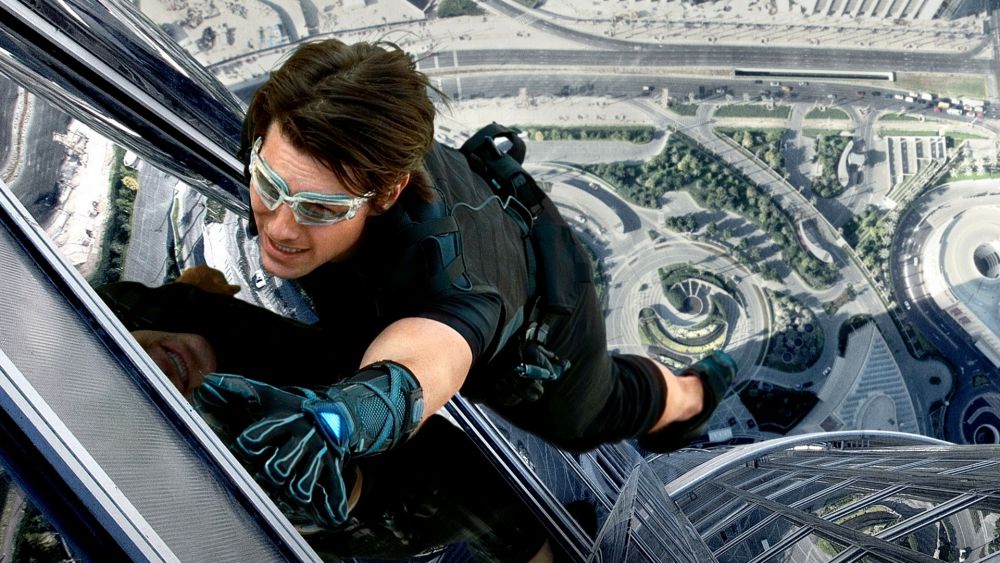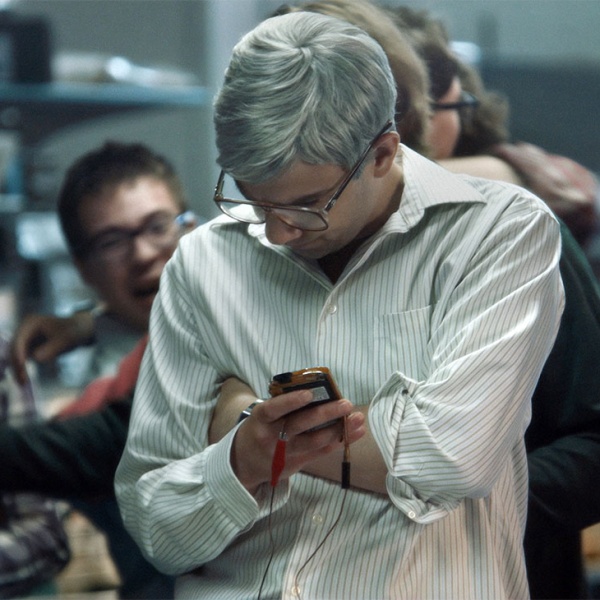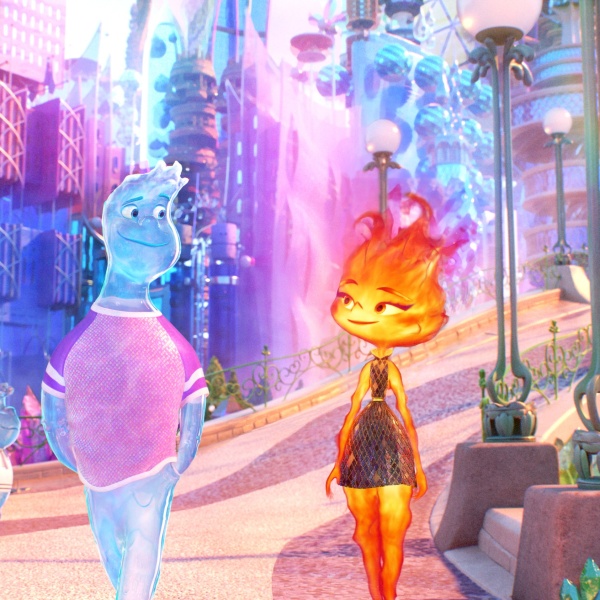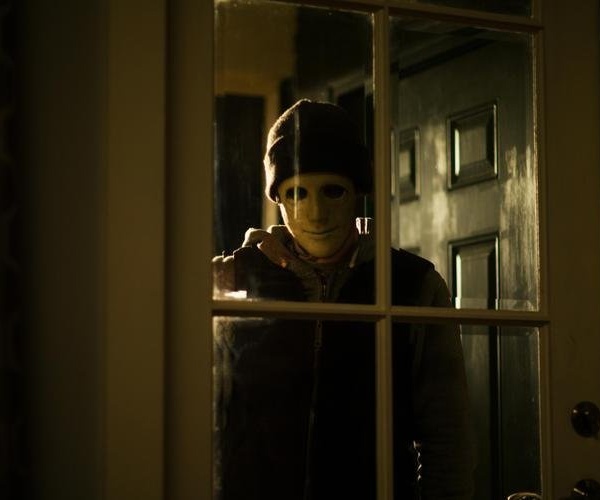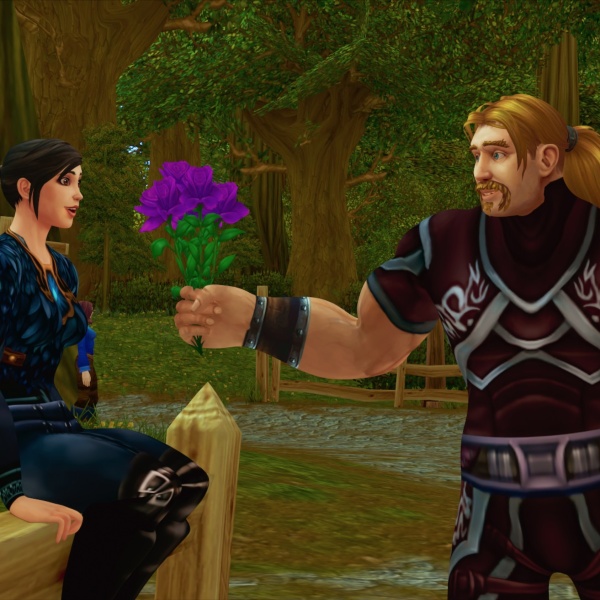Few actors have been sustained by a single ongoing franchise more than Tom Cruise, and the hype surrounding “Mission: Impossible — Dead Reckoning Part One” proves that more than two decades after the former ‘60s spy show became a blockbuster, the formula remains as potent than ever.
The longevity, and consistency, of the franchise is an unusual sight, as the “Mission: Impossible” films have so thoroughly eclipsed the original TV show it was based on in the cultural consciousness. Created by Bruce Geller, the original “Mission: Impossible” starred Peter Graves as an agent of the IMF (or “Impossible Mission Force”), recruiting a group of highly talented agents to fight Cold War foes, crime lords, and other major targets. In 1996, the concept of the IMF — as well as Lalo Schifrin’s iconic theme tune and the signature phrase “your mission, should you choose to accept it” — was adapted into the first entry in the blockbuster franchise.
Directed by Brian De Palma and starring Cruise as perpetual rogue agent Ethan Hunt, the first “Mission: Impossible” wasn’t as well received as the series typically is nowadays; critics dinged it for a convoluted plot, before it became clear that “barely understandable plots” were a series trademark. But the movie was a success, and — after the slight dip of the second film from John Woo, almost universally seen as a series lowpoint — started getting more critical respect with J.J. Abrams’ third film in 2006 and especially when “Ghost Protocol” from Brad Bird gave the series a new shot of adrenaline in 2011.
The franchise entered a completely new era of its existence in 2015, when Christopher McQuarrie took the reins for “Rogue Nation.” Previously, the series was a revolving door for respected directors to come in and leave their mark, with Cruise and Ving Rhames as trusty hacker Luther as the only two constants. But McQuarrie stayed on after “Rogue Nation,” and is helping usher it into a (possible?) end with the “Dead Reckoning” duology, the second of which will hit theaters next year. Under McQuarrie, the relatively episodic franchise became slightly more serialized; the ensemble around Cruise tightened, with characters like Rebecca Ferguson’s Ilsa Faust and Vanessa Kirby’s White Widow becoming recurring friends and foes. It’s an approach that’s worked gangbusters for the franchise, with 2018’s “Fallout” ranking as arguably the most acclaimed installment — not bad for a movie that came 22 years after the series began.
The “Mission: Impossible” movies have never really faltered — with seven movies to date, there’s not a dud in the bunch — which makes the challenge of ranking them especially tricky. Nevertheless, there’s much to explore in revisiting the various entries of this series, which includes the work of world-class auteurs and memorable stunts that make it a wonder Cruise has survived this long. Here’s hoping he lives through a few more installments. In the meantime, our ranking follows, should you choose to accept it.
With editorial contributions by David Ehrlich, Eric Kohn, and Zack Sharf.
7. “Mission: Impossible II” (2000)

One way to put in a pin a potentially viable franchise is to do whatever the hell it was that John Woo did for his 2000 entry into the series, a mishmash of early aughts action film tropes, from rogue viruses to something involving evil stock options — in short, a big stew of boring narrative ideas executed poorly. At least there’s Thandie Newton, cool as a cucumber and dangerous as any other double-crossing career criminal the “M:I” movies has lavished attention on before discarding by the time the next movie comes along. She’s the most Bond Girl-esque among Ethan’s love interests, but she’s also a genuinely interesting character: a thief turned spy who has a good heart and a better poker face, though all that is pushed aside to set her up as a love interest for Ethan, one we will never, ever see again. The film isn’t entirely without a few other merits, of course, and a motorcycle chase involving Ethan and Dougray Scott as the evil Ambrose is a Woo classic (light on the doves, though), though it would eventually get bested by another “M:I” film anyway (“Rogue Nation”). The same is true about the film’s opening stunt, which sees Ethan dangling off a massive rock wall (for…fun?), another nutty sequence that was very cool at the time, and then rendered moot by a franchise hellbent on making every film bigger and crazier, even if it involves making earlier stunts look paltry by comparison (in this case, the Burj Khalifa climb in “Ghost Protocol,” still one of the best things to happen in any action movie of the last decade). —KE
6. “Mission: Impossible III” (2006)

Of all the commercial auteurs working today, J.J. Abrams has the rare distinction of launching his feature film career with a blockbuster. The superpower TV producer already had hit shows like “Alias” and “Lost” under his belt when he directed “MI: III,” and that background shows in one of the tighter, plot-driven entries in the franchise — the first one to put more of an effort into developing Ethan Hunt as a character. The actual plot involves some MacGuffin nonsense about a device called “The Rabbit’s Foot,” but it matters a lot less than Hunt’s newfound achilles’ heel: his wife, Julia Meade (Michelle Monaghan), whose relevance to Hunt’s decision-making continues to reverberate through the series.
The final showdown involves a clever variation on the taut bomb-defusing scenario that had already become cliché for these movies, and no amount of Tom Cruise running gives many of the action sequences much distinction. Fortunately, he’s not the real star of the show. That distinction belongs to Philip Seymour Hoffman as arms dealer Owen Davian, still the best villain these movies have offered up. Davian is a cold-blooded mad man whose relentlessly calm demeanor brings an eerie realism to a role that could have called for a simple cardboard baddie; when Hunt dangles the character out of a plane in a vain attempt to make Davian talk, Hoffman’s dead-eyed stare into the howling wind gives the “Mission: Impossible” movies their most indelible image since that bead of sweat crept down Cruise’s brow. —EK
5. “Mission: Impossible — Dead Reckoning Part One” (2023)

This is one that can easily rise in estimation in just a year. It’s tough to judge “Dead Reckoning Part One,” as it very much lives up to that “Part One” in the title by being just half of the story, leaving the central conflict between Hunt and a powerful AI system known as “The Entity” on a cliffhanger. Taken as a standalone, the movie is just as solid a thrill ride as the rest of the movies, with sequences like a crazed car chase throughout the streets of Rome and the adrenaline fueled train explosion finale sequence ranking among the franchise’s best stunts; that’s not even speaking about the Cruise mountain motorcycle drop, which is just as jaw-dropping in the film as it is in the many ad-spots that have promoted it.
But significant storyline troubles do keep “Dead Reckoning” from reaching the heights of Christopher McQuarrie’s past two films for the series. For one, it has a bit of an antagonist problem; although the movie gets some fun tension out of The Entity’s omnipresent nature, it’s not particularly interesting to see Hunt go against a faceless voice, and the AI’s agent Gabriel (Esai Morales) doesn’t prove to be a suitable stand-in, paling in comparison to Cavill’s John Lark in “Fallout” (credit has to go to Pom Klementieff, whose menacing performance as Gabriel’s henchwoman gives the villains some needed bite).
More broadly, the ballooning cast creates increasing focus issues, as some of the old faces don’t get the spotlight they deserve; that’s particularly noticeable with Ilsa Faust (Rebecca Ferguson), a standout in McQuarrie’s previous films who gets her screentime cannibalized in favor of a new, far less compelling female lead in Hayley Atwall’s Grace, before exiting the plot before the third act. The “Mission: Impossible” movies have always been uneasily quick to treat their female stars as fairly disposable (see how Paula Patton was the only one of the “Ghost Protocol” team not to come back for any sequel), and the handling of Ilsa is a particularly bitter note in “Dead Reckoning’s” otherwise mostly delicious thrill ride. —WC
Read IndieWire’s review of “Mission: Impossible — Dead Reckoning Part One” by David Ehrlich.
4. “Mission: Impossible — Rogue Nation” (2015)

“Rogue Nation” is a standout entry for one main reason: Rebecca Ferguson. The Swedish actress’ breakout performance as undercover MI6 agent Isla Faust gave the franchise a hugely refreshing female voice, one that goes toe-to-toe with Tom Cruise in terms of kicking ass and magnetic screen charisma. Ferguson was a breathe of fresh air five films into the “Mission: Impossible” franchise, as was writer-director Christopher McQuarrie. McQuarrie’s approach results in the most tightly constructed entry in the franchise, which makes “Rogue Nation” a refreshing blast that doesn’t quite reach the unpredictable thrills of the best “Mission: Impossible” movies. In his hands, “Mission: Impossible” went more old-fashioned. McQuarrie replaced Bird’s cartoonishness with a more classical approach that recalled everything from Alfred Hitchcock to James Bond. The entry also gets bonus points for its opera fist fight scene, which remains one of the best set pieces in the franchise. —ZS
3. “Mission Impossible — Ghost Protocol” (2011)

J.J. Abrams brought the “Mission: Impossible” franchise closer to Bond territory with the third installment, but it’s really Brad Bird who proved once and for all what a “Mission Impossible” movie can be with “Ghost Protocol.” Bird, the master animator behind “The Iron Giant” and “The Incredibles,” made his live-action filmmaking debut on the sequel, and used his animator’s brain to turn the series’ already famous action set pieces into true works of art. A hand-to-hand fight between Lea Seydoux and Paula Patton has the feel of an action ballet, while Tom Cruise’s iconic scaling of the Burj Khalifa has a building tension that erupts in staccato bursts of adrenaline. Bird’s action scenes are their own symphonies, each with a distinct melody and a breathless climax. Bird’s film is the “Mission Impossible” franchise as a series of one-upping, expertly realized action scenes, and that’s the franchise at its best (see “Fallout,” below). —ZS
2. “Mission: Impossible” (1996)

It’s the image most closely associated with the first era of the “M:I” franchise: A close-cropped, bespectacled Ethan Hunt hangs mere inches above a floor best described as “not really suitable to be a floor anyway,” attempting to hack a computer by way of some massive floppy discs. He’s all nerves and fear and tension … and then he sweats, one droplet ready to burst on to that same floor, alerting everyone to his presence — and then he catches it. It’s funny and bold and clever, and while relatively small-scale compared to the set pieces to come, it’s still one that’s emblematic of the best of the series.
But, really, it’s not even the best sequence in the film itself. Brian De Palma’s elegant thriller opens with the most amusing bit to play out in any “M:I” film, a fancy piece of misdirection that introduces not only Ethan Hunt, but his stacked cast of compatriots, including Kristin Scott Thomas and Emilio Estevez — and then kills them all off, in order to dig into a story of double-crossing that any spy series would love to have among its ranks. It will become a familiar story beat: Ethan with his back up against the wall, having to prove his loyalty to an institution that doesn’t totally deserve it. The film ends with one of those deeply entertaining, highly improbable action set pieces that the franchise has perfected as its signature: a race between a train (with Cruise on top) and a helicopter (piloted by main baddie Jean Reno), which makes its way through a tunnel. Sure! It’s as bonkers as anything the series has crafted since, and it set the stage for all the madness to come. —KE
1. “Mission: Impossible — Fallout” (2018)

It doesn’t take long to recognize that “Mission: Impossible — Fallout” is one of the best action movies ever made. Some will see the light during the first act HALO jump, when Tom Cruise caps off an exhilarating long-take by leaping out of a C-17 at 25,000 feet, aerial photographer Craig O’Brien capturing the stunt through the IMAX lens strapped to his head (your move, Christopher Nolan). Others might cotton to the film’s brilliance during the bareknuckle fight scene that follows in the bathroom of a Parisian nightclub. Henry Cavill packs so much firepower into each punch that he literally has to reload his arms, and director Christopher McQuarrie — invoking the best of James Bond as he shoots the brawl without any music on the soundtrack — makes sure that we absorb every bodyblow and wince at each piece of busted tile.
But the true genius of the latest (and possibly last) chapter in the long-running “Mission: Impossible” saga isn’t found in one of the film’s death-defying set pieces, or in the elegant way that McQuarrie strings them together like perfect little pearls of violence, or even in the moment when Angela Bassett deadpans some ridiculous line about stolen plutonium with a stoic fury worthy of King Lear. “Fallout” is great because it fulfills a promise that its star made to moviegoers back in the last millennium, and — with only a handful of exceptions — hasn’t reneged on since. It’s a promise that’s made him the last movie star of his kind, a one-man supernova who’s yet to burn out a time when audiences only seem to care about brands. And it’s a promise that Tom Cruise finally voices out loud in the sixth installment of the series that he’s sustained for 22 years, and has sustained him in return for at least the last seven: “I won’t let you down.” —DE
